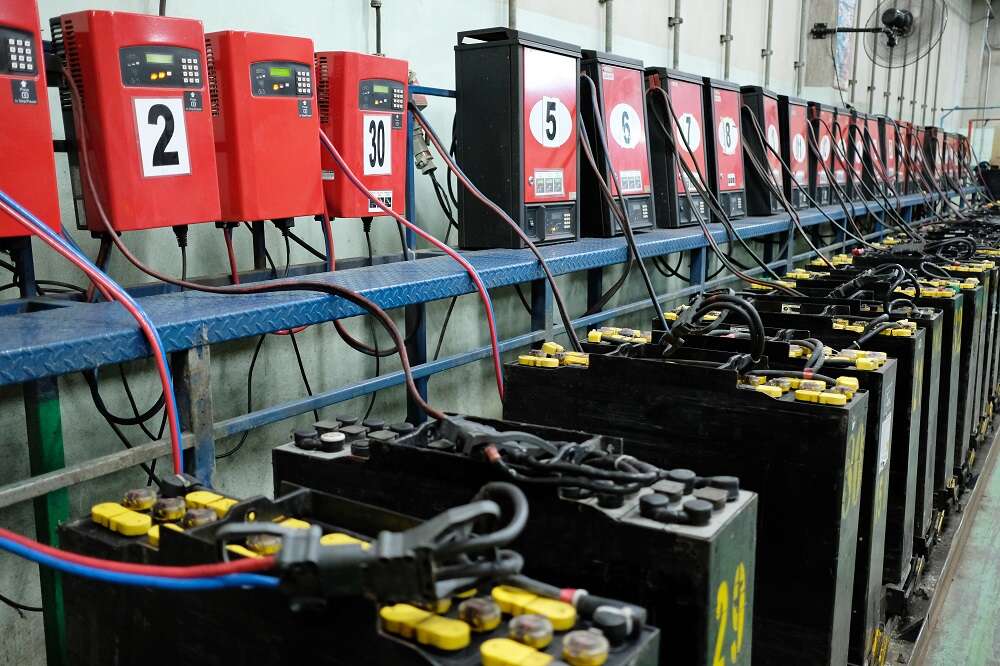The EA8000 X-ray Particle Contaminant Analyser is designed to help lithium ion battery (LiB) manufacturers improve the safety, performance and yield of their product. The analyzer is engineered to rapidly detect and analyze unwanted metal particles within the battery. These particles are known to cause sudden catastrophic failure of the batteries, often accompanied by fire or explosion.
The EA8000 includes two X-ray techniques for fast and thorough analysis:
Metal contaminants can be introduced into the battery from the raw materials, or from the actual processing, i.e. metal particles from machinery. The EA8000 is versatile enough to check for these in many stages across production, including as a final check before shipping.
Let’s take a look at how the EA8000 analyzer is used within a LiB production facility.
Many of the components used in production can be tested in the EA8000, including carbon-based powders used in anodes and for enhancing conductivity, cathode materials, the cell separator and the outer casing of the cell. Solid components can be laid flat on the stage, whereas powders and slurries can be spread out within a transparent plastic container for the measurement The analyzer is capable of detecting and analysing metal particles down to 20 µm in size and the rapid measurement makes analysing large cathode plates for A4 size LiBs practical for a production environment.
The X-ray transmission scan builds up an image of the material where the size and shape of any metal particles can be clearly seen. This gives you important information on the size and density of the contaminants, and you can reject the part if it’s out of spec. XRF analysis of the contaminants tells you which elements are present, again this gives you a complete picture of the contaminants present, which you can correlate with actual battery performance.

Having established that the raw materials are within specification for metal particle contamination, the next possible route for contaminants is from the production process itself. One way this can happen is from dust produced by production machinery. A simple way to check wether your machinery and equipment are contributing to the contamination problem is to place a piece of sticky film near the machine. The film can be routinely scanned in the EA8000 for levels of metal particles typically present in the dust. As well as identifying a source of contamination in the battery cell, this technique is useful to check for potential problems in the machinery itself; a change in the amount or type of dust emitted could mean that a service is due or a part needs replacing.
Finally, the EA8000 can help to find out the root cause of battery failure during the final testing phase of manufacturing. You’ll be able to analyse products that have failed to see whether any metal particles are present on the cell separator or electrodes that could have caused a short circuit within the cell. XRF compositional analysis will tell you exactly which metals are present, which should help you identify where the contaminants came from.
Ultimately, the EA8000 can detect metal contaminants early in the manufacturing process, helping to improve yield as out of spec components are rejected before they are used. And as it gives detailed information on the size and number of metal particles present, you can correlate specific patterns with performance, only rejecting parts that truly give performance and quality issues.
To find out more about how the EA8000 X-ray Particle Contaminant Analyzer can help improve lithium ion battery performance and manufacturing yield, get in touch.